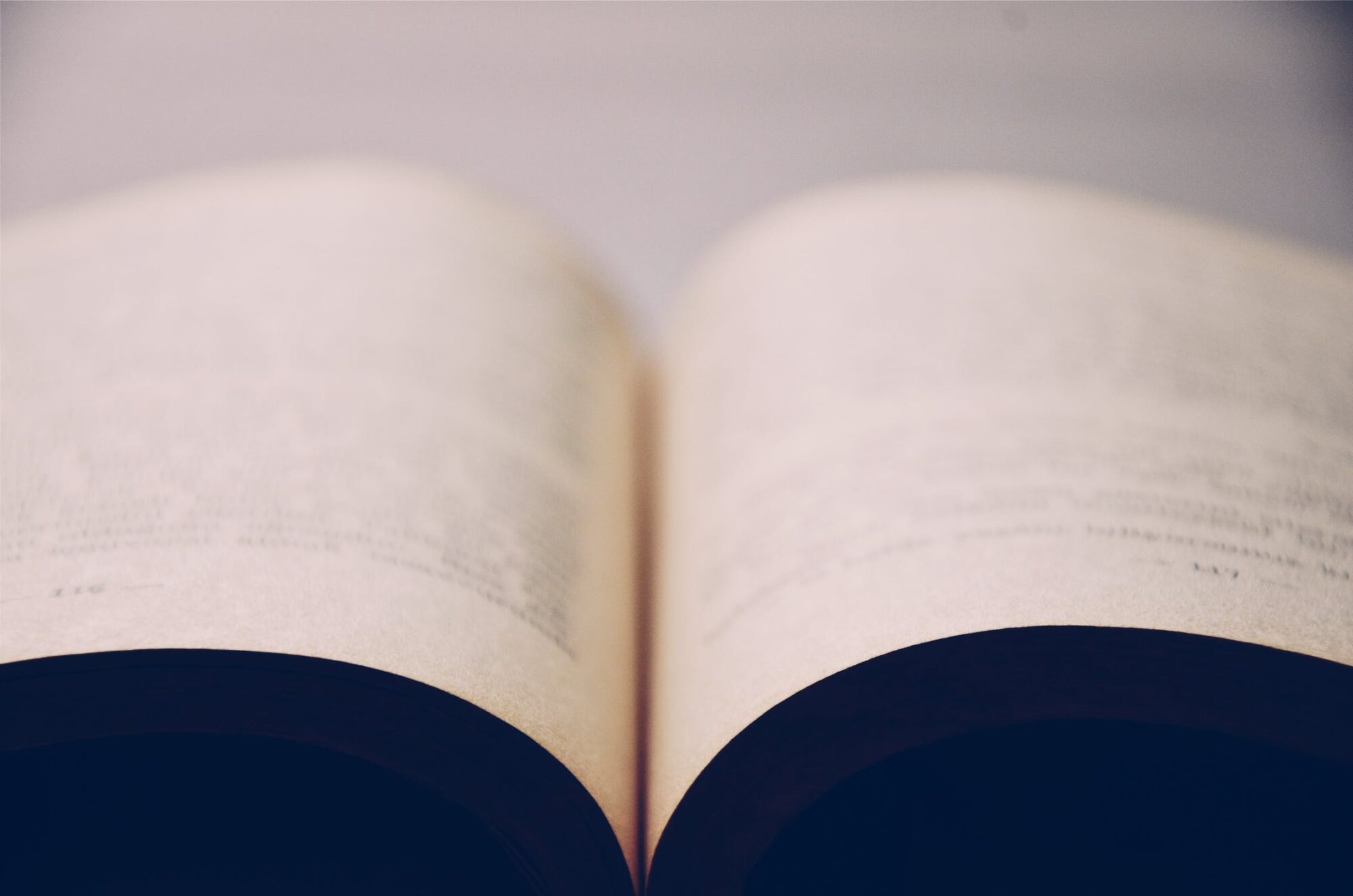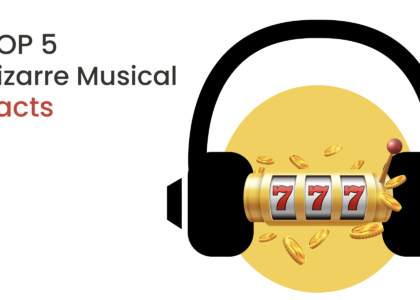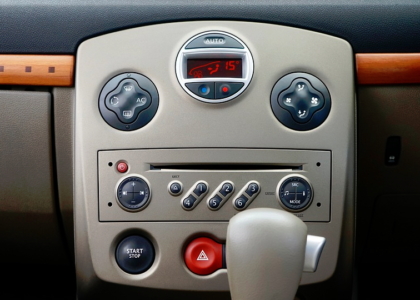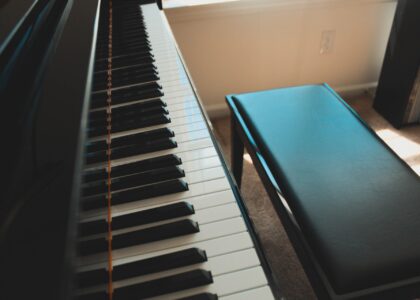This article is a product of the author’s thoughts on ways to create songs and instrumental compositions, based on personal experience and observations. It is intended mainly for aspiring musicians and music producers who are trying their hand at writing music.
So, you have decided to write music. You’re supposed to have a sequencer program at your disposal (I have Logic Pro X), a midi keyboard, and a set of necessary software for creating electronic music.
The first way
The most simple and natural: the muse comes to you and presents you with an interesting melody or harmonic series. In this case, you can not rely on your memory (they say, I will get to the workplace and record what I heard from above), and immediately sing what came to mind on the recorder, which is available in every smartphone. A tape recorder should be always at hand, even at night, when we are most often visited by the muse, and sometimes insomnia is the cause of the birth of these or those interesting musical compositions.
The second way
Some people like to write on ready-made lyrics. On the one hand, it is very convenient: a rhythmic pattern is given, reading poetry evokes certain images, and the melody gradually forms. But this method has some disadvantages: you are deliberately limited by the framework of the proposed scheme, and often an interesting musical solution does not fit into it. As a result of “fitting” for a ready-made text, you can lose all the originality of the idea.
Third way
The most common among musicians. You sit down at the instrument and play a certain harmonic sequence that corresponds to your plan to create a particular composition. When the sequence is formed, you can accompany it with a percussion rhythm and even a sketchy bassline. Next, you run the recorded sequence in a circle and slowly play the melody that lies on top of the resulting harmonic sequence. Gradually, one way or another, a kind of melody matures that meets your expectation. Here is an example of one of my compositions, Miraculous Mood, written in this way.
The fourth way
Very often, when you try out the sound of a music library, musical images that gravitate specifically to the instrument used emerge by themselves. For example, if you select a track with a classical organ in the Seventor and play some harmonic sequences, you will involuntarily plunge into the atmosphere of the old classical school, and the resulting images will somehow materialize as beautiful classical sequences like Bach or Handel fugues. The sound of a beautiful violin will make you want to play something by Vivaldi, Mozart, or Strauss, or maybe some other classical composer you know. And the flute itself will sing an intricate improvisation that will fit organically into your mix. The same goes for any other instrument – you just have to try it. This method, of course, implies a musical education and knowledge of the works of famous composers.
Fifth method
It is a bit troublesome, but I think it can be quite effective with the right approach. I do not know, whether musicians use it for the creation of the compositions in that sequence which I suggest, but that use in principle – almost certainly.
Imagine if you’re listening to a song, you really like a verse, and before you hear the rest of the song, you start to find a chorus to the verse on your own. If you’re lucky and the chorus comes together, record it on your recorder (or wherever else you like) and set it aside for a day or two so the verse wears off your memory. And then, as you listen to your own chorus, match your own verse to it. Here is a new song or composition, which is not similar to the heard one, except by the rhythmic image and the general mood, though the latter can be changed.
The sixth method
This is the way I use, and it works quite well.
Imagine that you received a songwriting order from one of our (or foreign) stars, and you need to write a song for a very specific artist. Imagine him mentally, singing on stage, listen to his intonations, the manner of singing, and try together with him to perform something that he has not yet sung. That is, hearing the performer with your inner ear, the melody or rhythmic sequence is born by itself. And then everything depends on your ability to use what you hear and apply it to writing a new song.
I may have missed something, and there are many other ways to write music. I hope to make additions to this material as new knowledge in this area becomes available.
I hope that the above tips will help you, dear colleagues, to achieve even greater results in your creativity.





